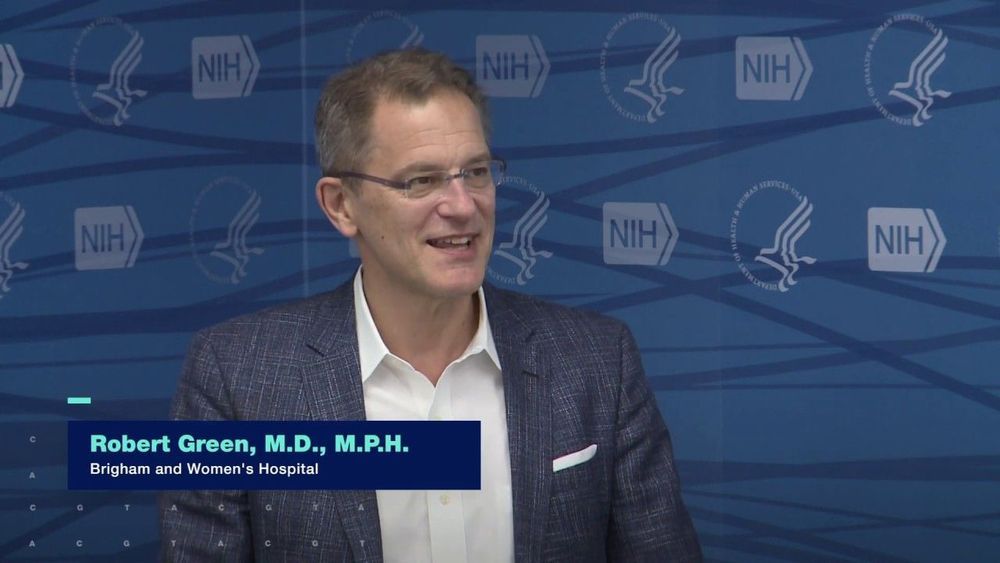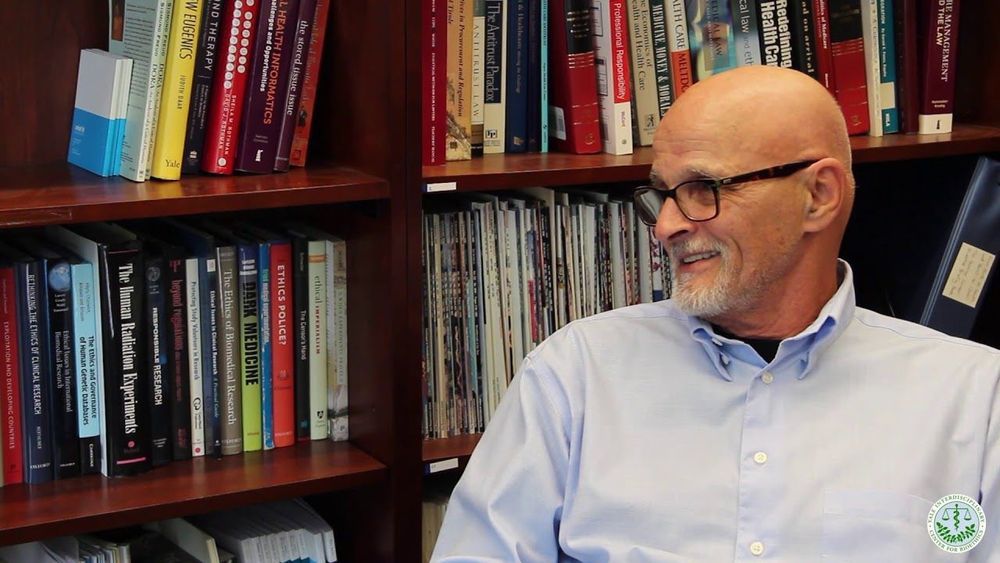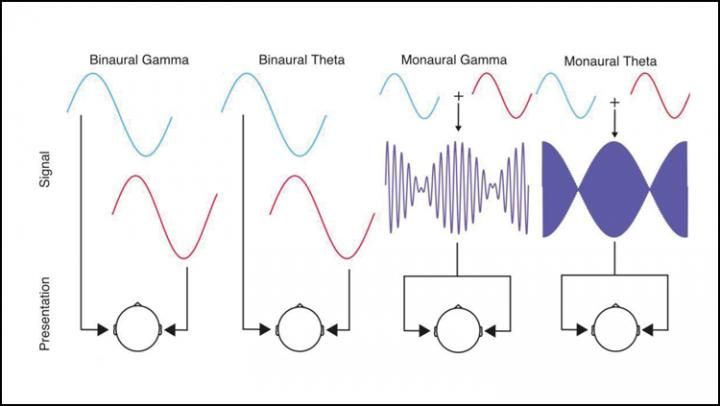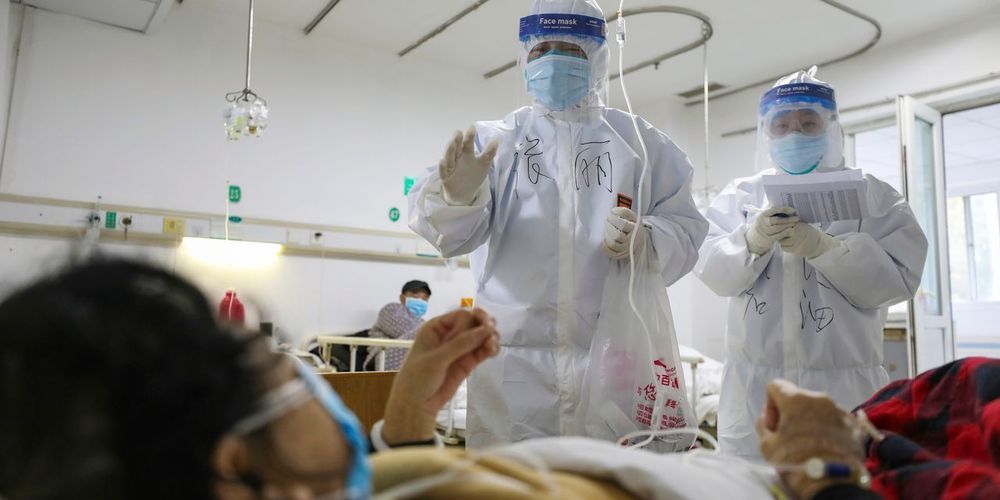Feb 18, 2020
Is It Too Soon to Consider Genome Sequencing for Newborns?
Posted by Lola Heavey in categories: biotech/medical, genetics, health
Newborn screening covers more than 30 conditions. Yet, with genome sequencing, we could screen newborns for several thousand genetic conditions.
In the surveys’ open-ended responses about risks of genome sequencing, parents and clinicians both expressed concerns about psychological distress related to difficult or uncertain results. Clinicians were more likely to raise concerns about returning results for adult-onset conditions, unnecessary parental stress over health problems that might never actually occur, and the possibility of future discrimination against the child on the basis of their genomic information.
Continue reading “Is It Too Soon to Consider Genome Sequencing for Newborns?” »


















